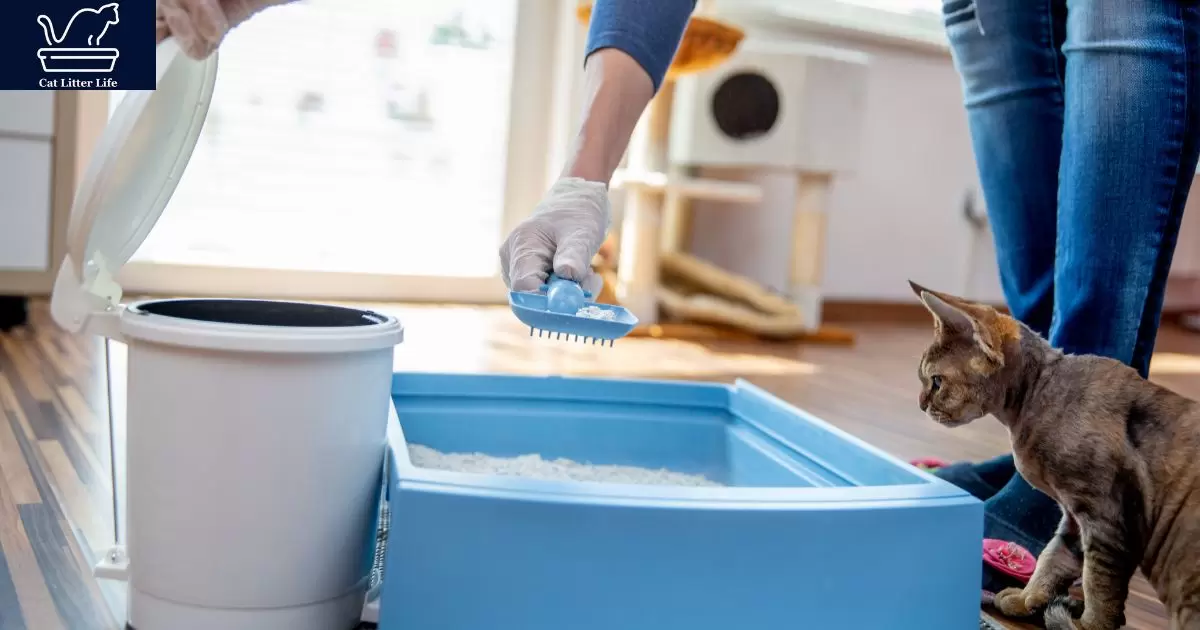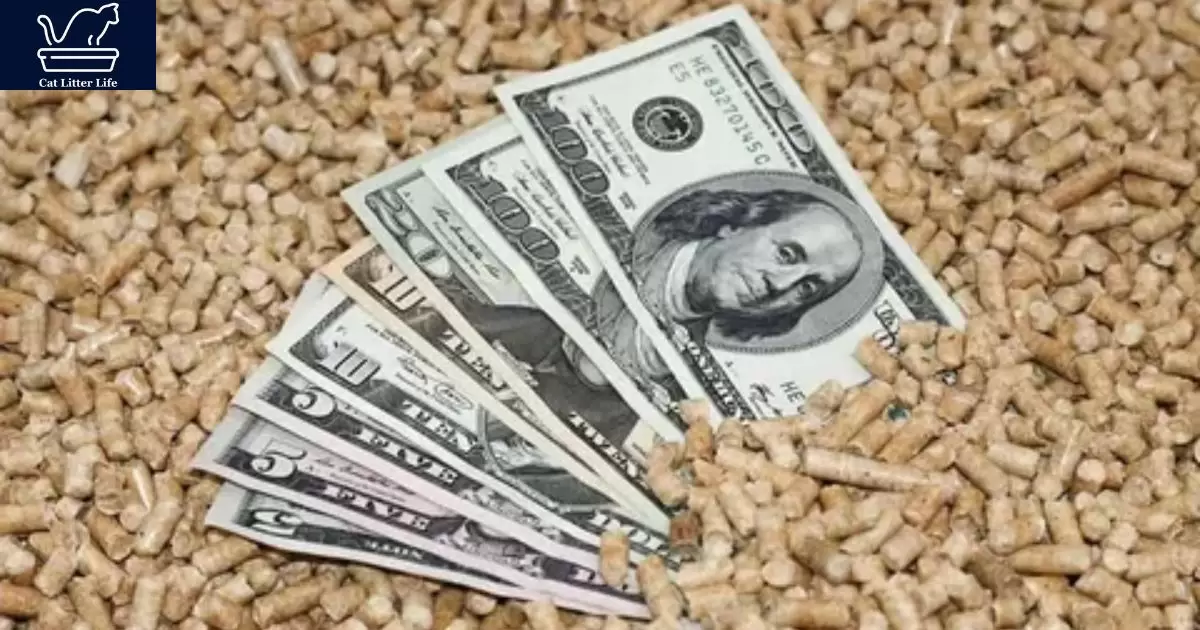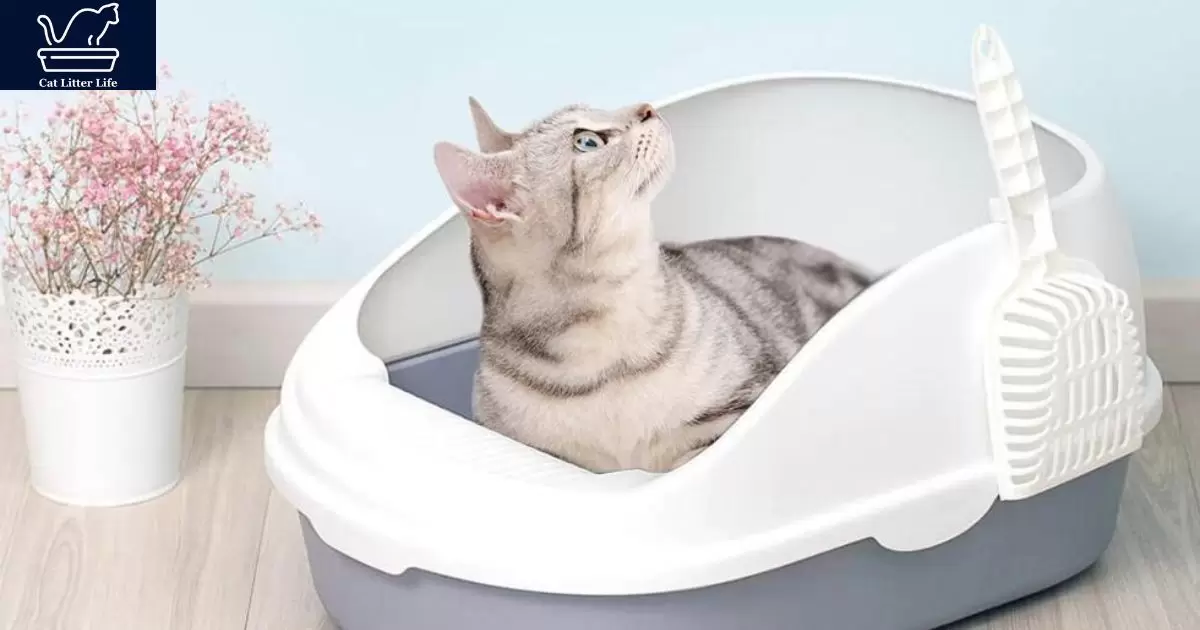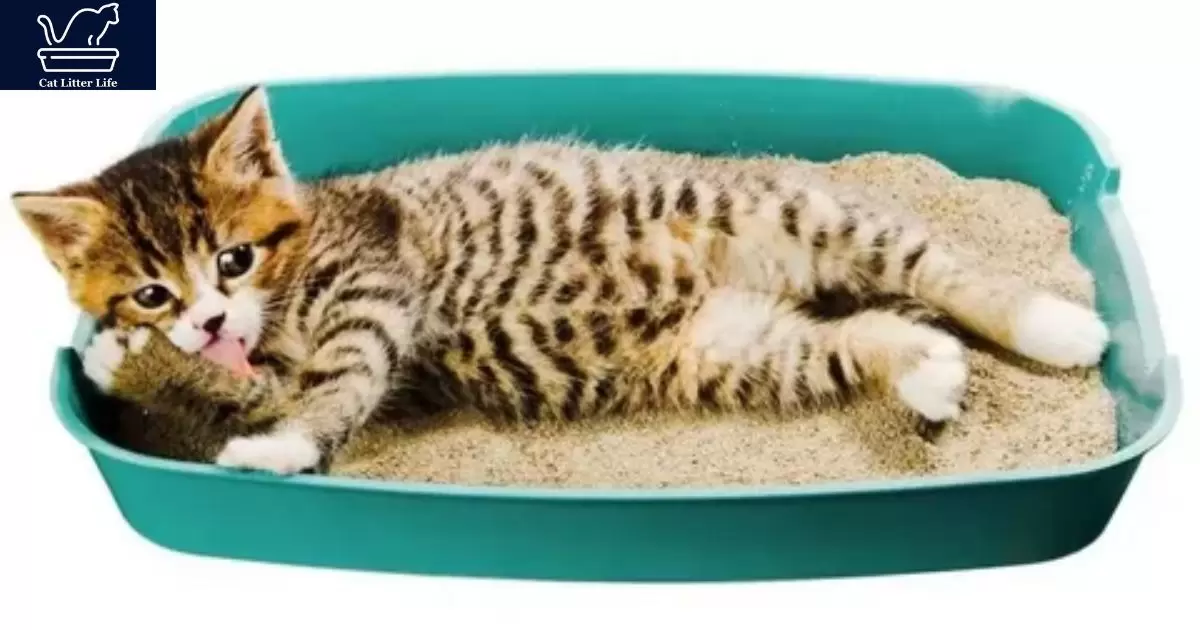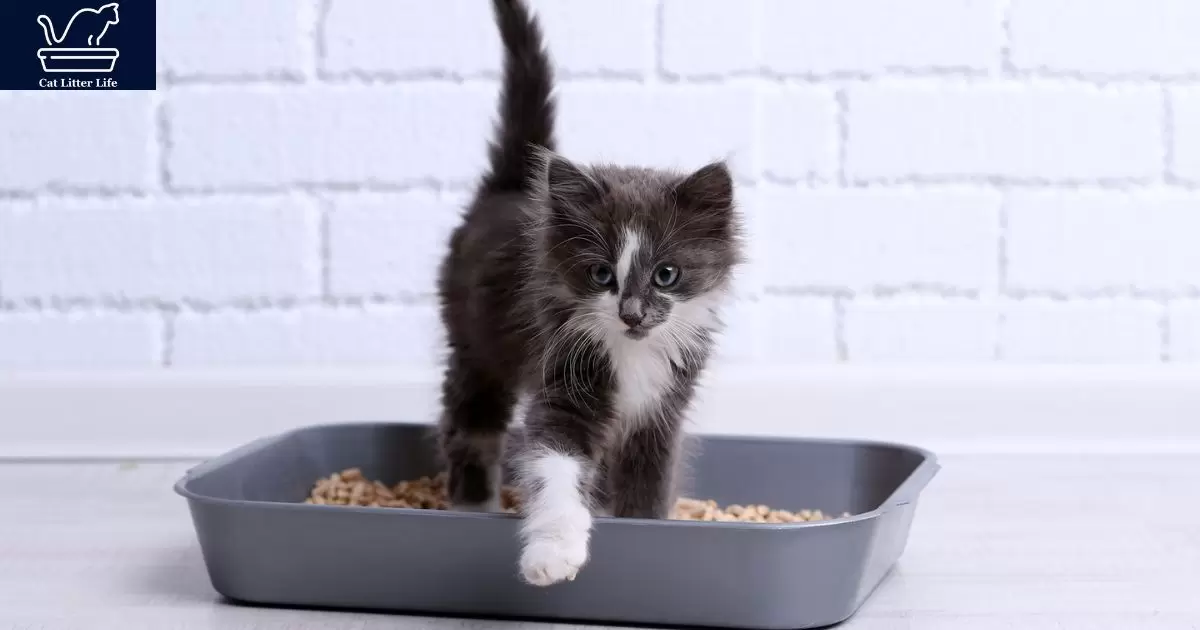Lightweight cat litter refers to cat clutter this is made to be less dense and heavier than traditional clay or clumping litter. Lightweight litters are generally made from materials like wood, newspaper, or silica gel crystals. The lightweight materials make the clutterless complicated to carry and motivate less joint pressure for puppy proprietors when cleaning the litter box.
Is lightweight cat litter better? When it involves deciding on an excellent cat muddle, pet proprietors have a whole lot of alternatives to keep in mind. One of the biggest decisions is whether or not to go with traditional clay clutter or a light-weight alternative. Lightweight cat litters are normally made from substances like wood, newspaper, wheat, or corn. They have come to be increasingly popular in current years as extra herbal and green alternatives.
But is lightweight cat clutter honestly higher than conventional clay clutter? Here is an in-depth study of the professionals and cons of lightweight muddles to help you decide what is great for your cat.
Cat Litters Weight Savings
One of the most important selling points of lightweight litter is that it may be tons much less dense than clay litter. A fashionable 20-lb bag of clay muddle contains approximately 10 lbs of actual muddle. The other 10 lbs come from the burden of the clay. With light-weight litters, a 20-lb bag consists of approximately 20 lbs of usable litter. In this manner, you get two times as an awful lot extent in line with the bag.
If you have a couple of cats, a self-cleansing clutter field, or massive clutter boxes, the weight of financial savings can genuinely add up over time. You also save weight with each litter box scooping. Clay clumps are heavy and can put a strain on your wrists. Lightweight litter is much easier to scoop and clean out of the box. The reduced weight also makes lightweight litter ideal for seniors or anyone with mobility issues.
Odor Control
Clay has been the cross-to-clutter for controlling odor for decades. The moisture-absorbent properties of clay do a first-rate task locking in urine scent and stopping ammonia. Lightweight litters made from plant-based materials typically do not clump as hard or absorb odor quite as well.
However, new formulations of lightweight litter have improved tremendously when it comes to odor control. Litters made from materials like pine and corn have natural odor-fighting properties. Silica gel crystals are also frequently added now to help absorb moisture and trap smells. While they may not beat clay at odor control, the best lightweight litters these days come very close.
Low Dust
Another common complaint about traditional clay litter is dust. Clay particles easily turn to dust as cats dig and scratch in the litter. Lightweight wood and paper litter produce virtually no dust. This helps keep your home cleaner and reduces the risk of your cat breathing in dust particles.
Some clay litter brands have introduced low-dust varieties to compete. But in general, lightweight options are much less dusty. For cats or owners with respiratory issues, low-dust wood or paper litter can be a lifesaver. However, one might wonder, why is litter expensive?
Natural Materials of Lightweight Cat Litter
Many cat owners like the fact that most lightweight litters are made from natural, eco-friendly materials. Pine and other wood litters utilize sawdust and wood pulp waste products. Others are made from recycled paper or wheat and corn byproducts.
Clay, on the other hand, is strip-mined from the earth and requires a heating and manufacturing method to turn it into a muddle. While clay is also a natural fabric, most pet owners view wood, paper, and plant-based litter as the more sustainable options.
Health Risks
There are a few health risks to take into account with both clay and lightweight litter. Clay dirt may be inhaled and may cause breathing inflammation. The dirt also can be applied to your cat’s paws and fur. If ingested during grooming, clay can cause gastrointestinal blockages.
On the flip side, lightweight litters also pose some risks. Silica gel has been related to upper respiration issues in cats. Pine and cedar litters may also comprise phenols and oils which can irritate your cat’s liver and respiration gadget. There also are toxicity dangers in case your cat eats corn, wheat, or paper litter.
Overall there are potential health risks with both categories of litter. Working to minimize dust and using unscented varieties is recommended. Keep a close eye on your cat when first transitioning to a lightweight litter in case they shows signs of gastrointestinal distress or respiratory issues.
Clumping Ability
One major advantage of clay litter is its superior clumping ability. Clay absorbs liquid and forms hard clumps when wet. This allows you to scoop out just the soiled areas of the litter box and leave behind clean litter. Most lightweight litters will absorb some liquid but do not form hard clumps.
The litter ends up saturating with urine rather than clumping. To clean up, you need to stir the wet spots and fully replace the soiled litter. Some lightweight options like pine or paper pellets do offer decent clumping action. But in general, clay clumps much better. For owners who prioritize easy scooping and extended litter box life, clay may be the better option.
Tracking
Another downside of lightweight litter is that it tends to track more than clay. The granules are very lightweight, so they easily stick to your cat’s paws. Lightweight litter can end up getting kicked and scattered out of the box onto your floors.
Clay litters are naturally heavier, so the granules do not stick to your cat quite as much. Pine and paper pellets tend to track less than finer lightweight litter also. But overall, you may need to sweep and vacuum more often with a lightweight litter.
Cost Comparison
When it comes to cost, lightweight litters run the full spectrum. Some premium paper and pine pellet brands cost more than premium clay litter. However, most basic plant-based, wood, and paper litter costs a little bit less than traditional clay.
Since you get twice the volume per bag with lightweight litter, the price per use may be half as much as clay litter. But because you may go through it faster with reduced clumping and need to dump it more often, the overall costs often even out between the two categories.
| Lightweight Litter | Clay Litter |
| Typically less expensive per bag | Wide range of prices per bag |
| Less dense so bags last longer | Heavier litter means less volume per bag |
| May need to be changed more frequently | Excellent clumping extends litter life |
| Cost savings from reduced weight | Generally good value for the price |
Making the Switch
If you want to transition your cat from clay to lightweight litter, do it gradually. Start by doing a 75/25 mix of old and new litter. Over 2-3 weeks, increase the ratio of new litter while decreasing the old. This allows your cat time to adjust to the new substrate and texture.
Cats can be finicky and proof against muddle adjustments. Take the switch slowly and give your cat masses of praise and treats for the usage of the new muddle. You can also try mixing in some of the old litter scents with the new to provide a more familiar odor during the transition.
The Bottom Line
Lightweight litters provide notable advantages when it comes to sustainability, dust reduction, and weight savings. But clay still beats out most lightweight options when it comes to odor control and clumping ability. There isn’t any definitive solution to whether light-weight clutter is higher than clay. The right choice comes all the way down to your priorities and your cat’s preferences.
Try out a few different natural and clay litters to see which your cat takes to best. Look for low-dirt, low-tracking alternatives with minimum heady scent to restrict dangers. Every cat has their tastes in terms of litter. Take the time to test and discover the first-class fit for each of you and your furry buddy.
Benefits of Lightweight Litter
Lightweight cat litters made from materials like wood, paper, wheat, or corn offer notable benefits. The most significant advantages are reduced weight per volume, lower dust production, renewable natural ingredients, superior sustainability, decreased tracking, easier portability, and improved odor control compared to traditional clay litter.
Pros of Lightweight Litter
- Much lighter weight per volume
- Produces less dust
- Typically made from natural materials
- More eco-friendly and sustainable
- Lower tracking and scattering
- Easier to scoop and carry
- Good odor control with some brands
Cons of Lightweight Litter
- Does not clump as tightly
- Needs to be replaced more often
- Can be more expensive for premium brands
- Higher tracking with some varieties
- Possible respiratory/toxicity risks
- May not control odors quite as well
Pros of Clay Litter
- Tighter clumping extends litter life
- Superior odor control
- Familiar texture many cats prefer
- Wide range of affordable options
- Heavy particles reduce tracking
- No major health risks
Cons of Clay Litter
- Very heavy to carry and scoop
- Significant dust production
- Not as eco-friendly or natural
- Can cause respiratory irritation
- Sticks to paws and fur more
- Some odor issues with low-quality litters
FAQ’s
What are the benefits of lightweight cat litter?
The main benefits are lower weight per volume, reduced dust, natural materials, sustainability, easier scooping, and good odor control.
Does lightweight litter clump as well as clay litter?
No, most lightweight litters do not clump as tightly as clay. The litter tends to saturate through rather than clump firmly.
Is lightweight cat litter better for cats with breathing problems?
Yes, lightweight litters produce no dust, which makes them ideal for cats with breathing sensitivities.
Does lightweight litter track everywhere like clay litter?
It depends on the specific lightweight litter. Some varieties are quite low tracking but in general lightweight granules may scatter more.
Is light-weight litter higher for the environment than clay?
Yes, maximum lightweight litters are crafted from renewable plant-based materials, wooden pulp, or recycled paper, making them more green.
Conclusion
When looking at lightweight cat muddles as opposed to traditional clay muddles, both have pros and cons. Lightweight clutter is easier to carry, creates much less dust, and may be greater eco-friendly. But clay clumps better to control odor and lasts longer between changes. There is no definitively better option. Consider your priorities and your cat’s needs.
Try different types of litter to see which your cat prefers. Look for low-tracking and low-dust varieties. Transition new litters slowly by mixing them over 2-3 weeks. Be patient and give your cat time to adjust. Monitor your cat’s health and litter habits. The right litter match comes down to the specific cat. Do what works best for you and your furry friend’s lifestyle.
